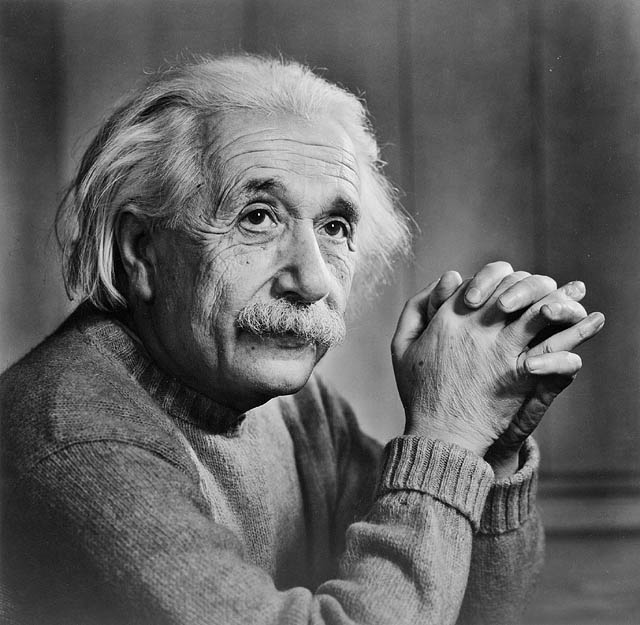
"Imagination is more
important than
knowledge."
-Albert Einstein-

"Your theory is crazy,
but not it's not crazy
enough to be true."
-Niels Bohr-

"Ignorance more
frequently begets
confidence than does knowledge: it it those
who know little, and
not those who know
much, who are positively
assert that that this or
that problem will never
be solved by science."
-Charles Darwin-
Book Review
Seymour
Papert’s Mindstorms is a really interesting book. It
presents the reader with several novel ideas about unifying
technology and education. Papert employs “mathland” as a
tool to teach students mathematics. He likens “mathland” to
students who grew up in France learning French. They learn
it because it is all around them. Papert’s “mathland” is
prefaced by Paiget’s idea of constructionism. This
entails that children build and construct their own models
of understanding utilizing prior schemas. The last major
idea of the book is the use of LOGO. This is a programming
language created to help children learn both programming and
mathematics. Papert believes that by exposing children from
a young age to programming languages like LOGO to help
facilitate their learning, then it will no doubt be second
nature to them. This acquired second nature is then used as
a platform to tackle new problems, which allows students to
explore and be creative with their solutions.
The strength of
this book is that is really emphasizes constructionist
views. Papert is believer in Piaget’s idea that students
construct their own knowledge. Going along with this idea is
that learning should be student focused and not lecture
oriented. Students should have a chance to explore and make
mistakes and then reflect on those mistakes. The LOGO
program and computers provide students with an opportunity
to do just that.
One weakness I
have noticed in the theories presented by the book is the
fundamental assumption that computers will create an
educational change. Yes technology certainly opens up new
venues for exploration but changes in education is
predominantly driven by culture. Also computers will not
replace teachers. A computer programming cannot provide the
same level of interaction and scaffolding that a human being
can. Learning should be focused on students and their
rate of progress and not force them to progress at the rate
of a computer program. The LOGO program does provide an
opportunity for students to progress but doesn’t specify the
rate of advancement. This brings up the second major
weakness. How are the students going be assessed? The book
doesn’t outline a way for students to be assessed and this
can be problematic for an instructor.
This book was
written in 1980. Its implications still resound to this very
day. American students continue to lag behind in math in
science in comparison to the rest of the world. A novel
approach needs to be taken to improve student’s interest in
mathematics and science. Technology seems to be the answer
to that. However, since this book was published, a way of
implementing a system that utilizes technology effectively
has not been found. Computers are just tools and cannot be a
substitute for teaching. At the other end of the spectrum,
there is lecturing without student interaction. A balance
between the two needs to be established according to the
themes presented in Mindstorms.
While I may not
use LOGO programming in my teaching, the overarching ideas
behind the program I will definitely utilized. That is
students need to constantly be engaged with material that
can be relevant to them. Secondly the student learn better
when they explore and add to their own schemas. I would
facilitate learning in my classroom by utilizing games to
reinforce concepts that I teach. Also I would give
assignments where students can make videos, songs, and use
technology as a medium to express their knowledge.
Papert, S.
(1980). Mindstorms children,computers, and powerful
ideas. New York: Basic Books, Inc.


